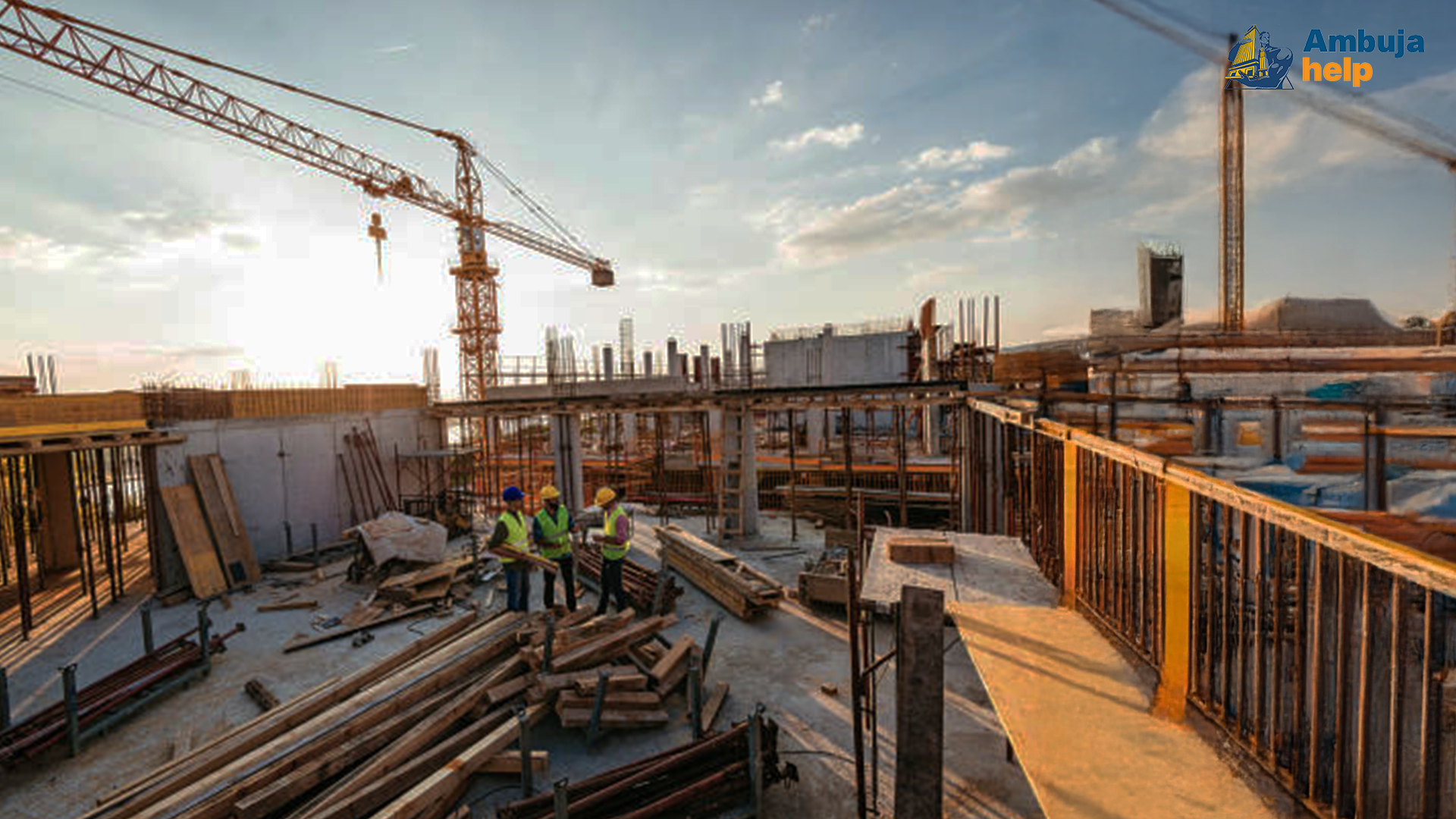Cost of Construction in India: What to Expect in 2025

Table of Content
If you’ve been dreaming about starting a building project in 2025, whether it’s your dream home, a commercial space, or a large-scale development, you’ve probably already asked yourself: “How much is it going to cost me?”
The cost of construction in India is not a one-size-fits-all figure, and in the coming year, it’s going to be shaped by a mix of market conditions, material trends, and regional factors.
Let’s break it down so you know exactly what to expect before the first brick is laid.
Why Construction Costs Are on Everyone’s Mind in 2025
In the last few years, we’ve seen everything from supply chain disruptions to fluctuating commodity prices affect construction budgets. In 2025, these challenges are easing in some areas, but rising demand, tighter compliance standards, and premium material preferences are also pushing costs upward.
That means whether you’re building in Delhi, Mumbai, or a growing Tier-2 city, understanding the moving parts behind the cost of construction in India is key to staying on budget.
Major Factors Driving Costs
1. Construction Materials
From cement and steel to bricks and timber, material prices in 2025 are expected to remain slightly above pre-pandemic averages. High-quality, eco-friendly, or specialty-grade materials will carry a premium, but they also deliver better durability and adhere to green building codes. Cement prices, for instance, vary not only by brand but also by grade and regional supply-demand balance.
Pro tip: Partnering with a reliable building material supplier can help you lock in competitive rates and ensure timely delivery, critical for avoiding costly project delays.
2. Labour Costs
Labour rates vary widely across India, but in metropolitan cities, they are likely to see moderate increases in 2025 due to demand for skilled workers. Complex projects with advanced architectural designs or premium finishes will require experienced labour, which comes at a higher rate.
Smart scheduling and resource allocation can make a big difference here, avoid hiring too early or too late, and ensure your workforce or masons are well-matched to each stage of construction.
3. Land and Development Expenses
Land remains one of the largest cost drivers. Location, accessibility, and zoning regulations heavily influence land values. In urban centres, expect prices to stay strong in 2025, especially in areas with infrastructure growth or proximity to metro networks.
Don’t forget development expenses, site preparation, grading, excavation, and demolition, all add up, and sites with tricky terrain can significantly raise the cost of construction in India.
4. Design and Architectural Fees
Architectural and interior design services vary drastically in price depending on the scope, complexity, and reputation of the professionals you choose. In 2025, more clients are looking for sustainable, energy-efficient designs, which may slightly increase design costs but can save on operational expenses later.
If you’re on a tight budget, consider design-build or turnkey construction models for better cost control.
5. Regulatory Compliance
Permits, environmental clearances, and safety inspections; they’re essential for legal and structural integrity. In 2025, compliance costs are rising as more stringent building codes and sustainability mandates come into play.
Budgeting for regulatory fees early can prevent unpleasant surprises mid-project.
Average Construction Costs in 2025
While exact figures will depend on your city, project size, and chosen materials, here’s what you might expect per square foot:
- Basic construction (essential civil work, standard materials): ₹2,800 – ₹3,200/sq ft
- Mid-range construction (better finishes, quality electrical/plumbing): ₹3,500 – ₹4,800/sq ft
- High-end construction (premium materials, luxury amenities): ₹4,800+/sq ft
For a 1,000 sq ft home in 2025:
- Architect fees: ₹20,000 – ₹35,000
- Civil work: ~₹1,600/sq ft
- Electrical & plumbing: ~₹2,100/sq ft
- Finishes: ₹800 – ₹4,500/sq ft, depending on your taste
How to Manage Your 2025 Construction Budget
- Get multiple quotes from contractors and suppliers to benchmark realistic rates.
- Plan your material purchases to avoid last-minute price hikes.
- Account for contingencies, always keep 5–10% of your budget aside for unexpected costs.
- Prioritise quality over short-term savings, especially for structural and safety-critical components.
The Takeaway
The cost of construction in India in 2025 will continue to be influenced by quality expectations, urban development, and market conditions. With thoughtful planning, the right partners, and a clear understanding of each cost component, you can bring your project to life without breaking the bank.
Whether you’re building a compact city home or a sprawling commercial complex, remember, the cheapest option isn’t always the most cost-effective in the long run. Build smart, build strong, and your 2025 project will stand the test of time.
